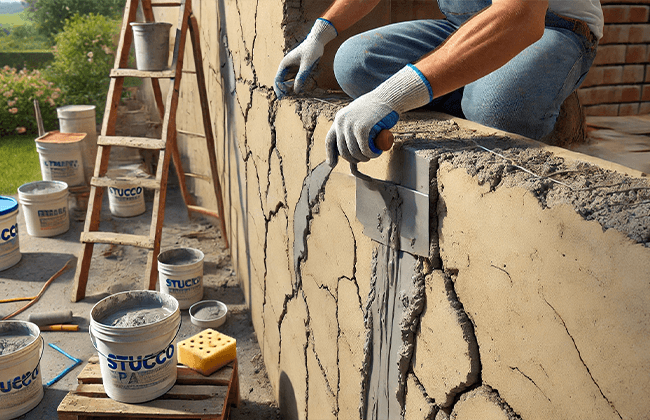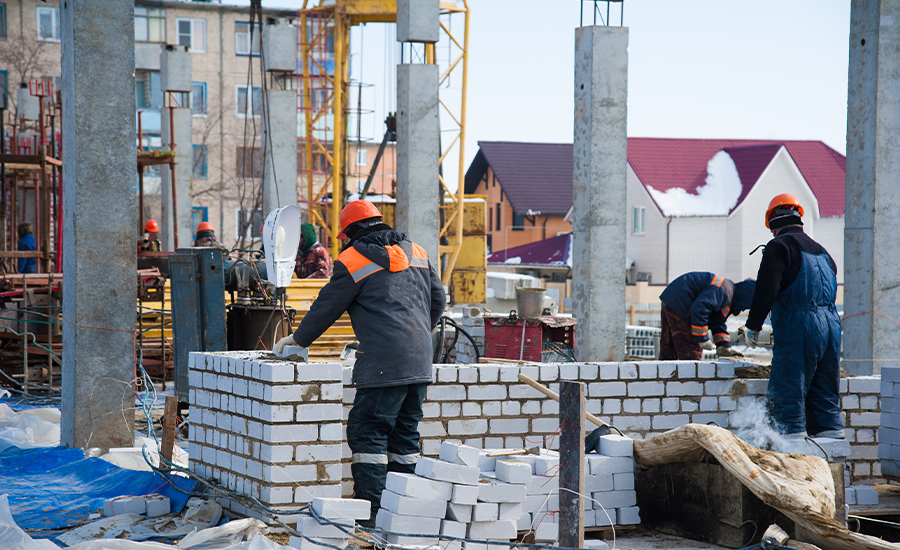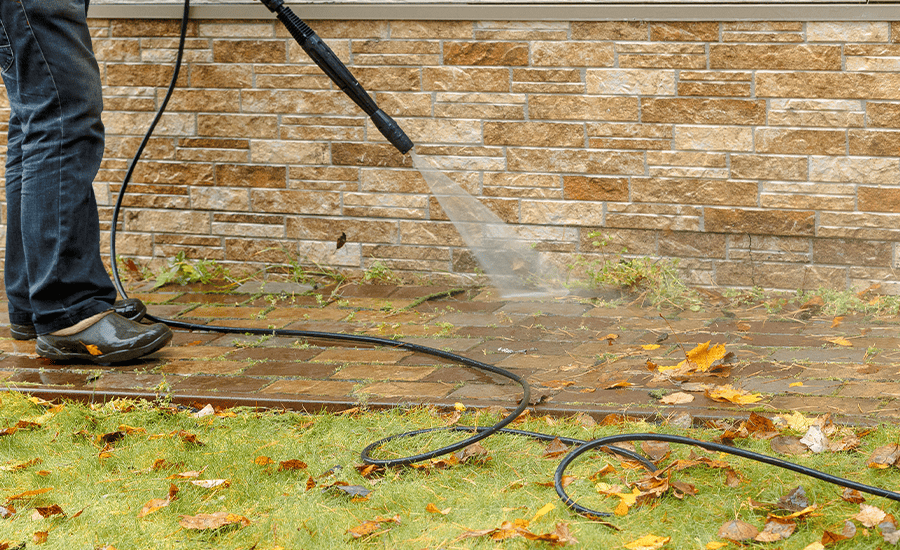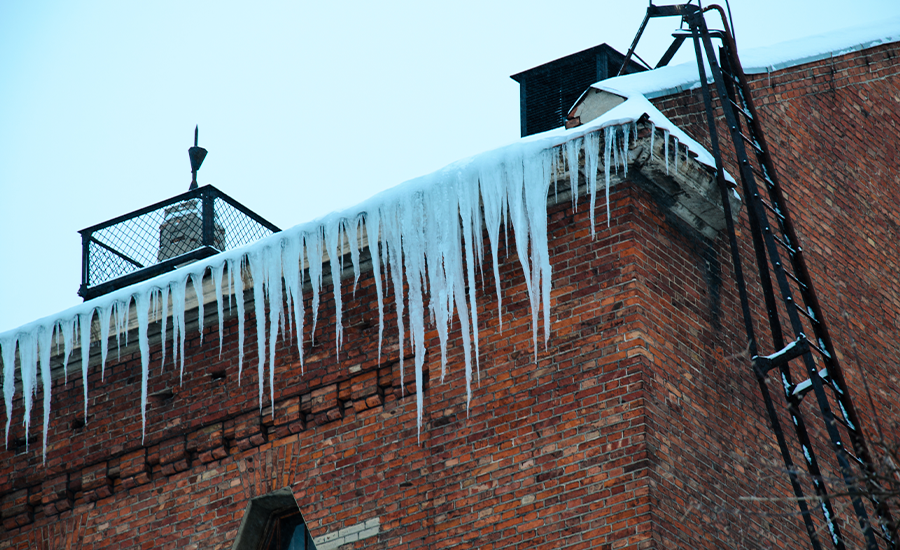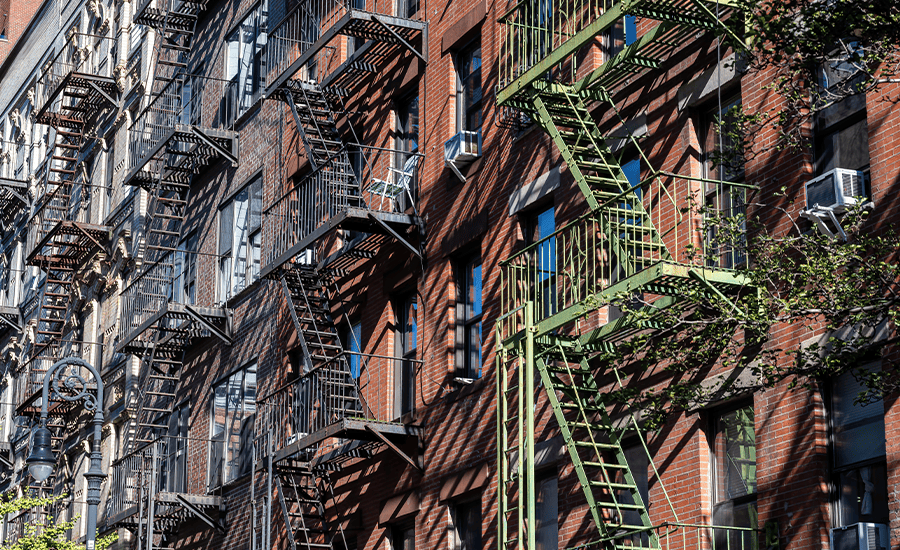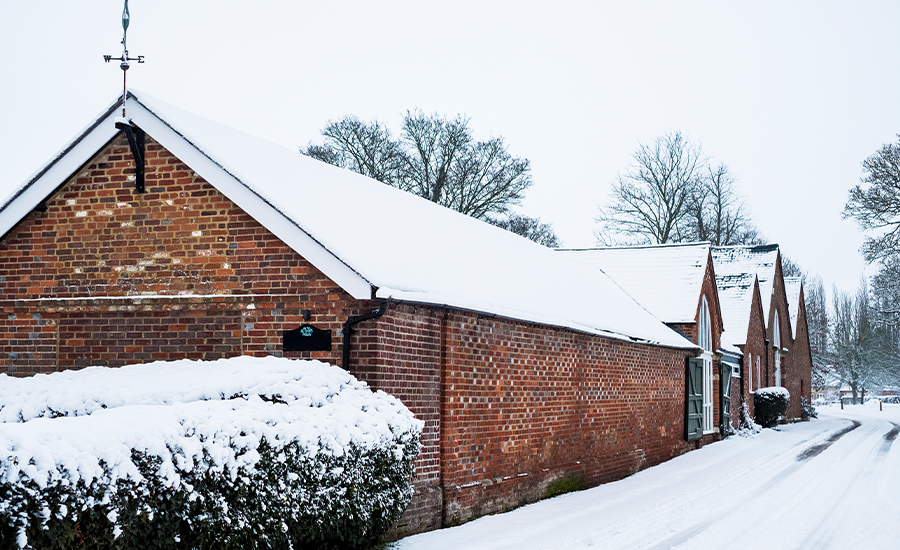Stucco is a durable and versatile exterior finish commonly found on homes and buildings in regions with varied climates. Despite its resilience, stucco can develop cracks over time due to environmental exposure, structural settling, and age. Addressing these cracks early is crucial to maintain the appearance and integrity of the building. Left unrepaired, cracks can allow moisture to penetrate the walls, causing more significant damage, such as mold or structural weakening.
This comprehensive guide will explain why stucco cracks, how to assess the damage, the step-by-step process for repairs, and preventive measures to avoid future cracks.
Why Do Stucco Cracks Form?
Stucco is strong, but it’s not invulnerable. Various factors contribute to the formation of cracks:
1. Building Settlement
Over time, buildings naturally settle into their foundations. This slow movement can cause stress on the exterior stucco, leading to small cracks. While some of these cracks may be purely cosmetic, they still need to be addressed to prevent moisture from entering and causing further damage.
2. Weather Conditions
Stucco is highly vulnerable to weather fluctuations. In areas that experience hot summers, cold winters, or high humidity, the constant expansion and contraction of the material can cause cracks. The freeze-thaw cycle is especially damaging, as water seeps into tiny cracks, freezes, expands, and enlarges the cracks.
3. Poor Application
Stucco needs to be applied with care. If the stucco mix is not properly prepared, or if the base layers are not adequately installed, cracks can appear soon after the application. Improper mixing or applying layers that are too thick or thin can lead to premature cracks.
4. Impact Damage
Accidents happen. External forces like the bump of a vehicle, tools hitting the wall, or construction impacts can cause stucco to crack or chip. These types of cracks are typically localized and easy to repair but should still be addressed quickly.
5. Aging and Wear
Like all materials, stucco ages. Over time, natural wear and tear weaken the material, making it more prone to cracking. Buildings older than 20 years are more likely to experience stucco cracks that need repair.
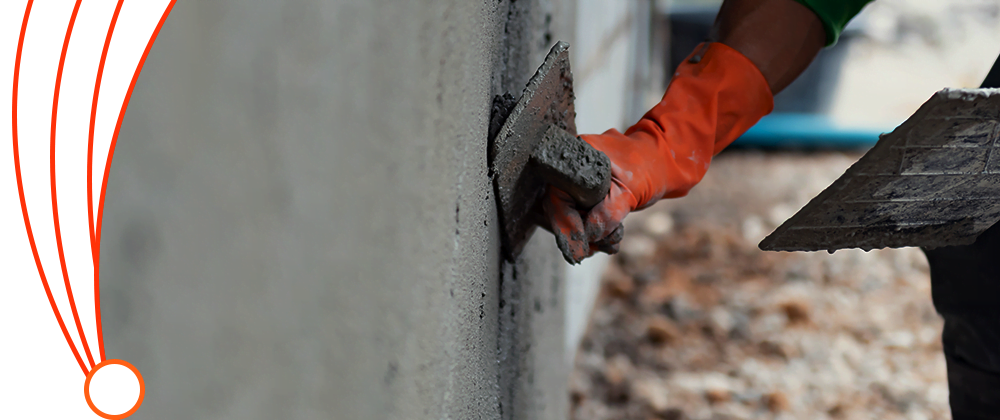
Types of Stucco Cracks and What They Mean
Before repairing stucco, it’s important to identify the type of crack you’re dealing with. Understanding the crack type can help determine the best repair approach.
1. Hairline Cracks (Less than 1/16 inch wide)
Hairline cracks are thin and usually cosmetic, but they can still allow moisture into the wall. They are often caused by minor shifts in the structure or weather fluctuations. These are the easiest to repair.
2. Delamination Cracks
These cracks occur when the stucco separates from the substrate underneath. Delamination cracks are more severe and typically appear in patches. They require a deeper repair process to reattach the stucco to the wall.
3. Diagonal Cracks
Diagonal cracks often form near windows or doors and are a result of structural stress. If you notice these cracks, it may indicate foundational issues or movement in the building frame.
4. Pattern Cracking
This type of cracking typically forms a web-like pattern, often due to improper stucco application. It can result from using the wrong mix or applying stucco too thickly. Repairs may involve addressing both the cracks and the underlying problem with the original stucco application.
Materials and Tools Needed for Stucco Crack Repair
Before you start, gather the necessary tools and materials for a smooth repair process. The following are essential for most stucco repairs:
- Stucco patching compound or stucco mix
- Caulking gun (for smaller cracks)
- Stucco caulk
- Wire brush (to clean cracks)
- Trowel or putty knife (for applying patch)
- Masonry primer and paint (for finishing repairs)
- Bucket and mixer (for mixing larger patches)
- Sponge (for cleaning and finishing)
- Protective gloves and goggles
Step-by-Step Guide to Repair Stucco Cracks
Repairing stucco cracks is a straightforward process, but it requires attention to detail to ensure a seamless finish and long-lasting results. Here’s a concise guide to fixing both small and large cracks, ensuring your stucco looks as good as new.
Step 1: Assess the Cracks
Inspect your stucco surface to determine the extent of the damage. If cracks are small, a simple stucco caulk or patching compound can be used. For larger cracks, a more intensive patching process will be required.
Step 2: Clean the Area
Use a wire brush to clean out any dirt, debris, or loose stucco from the cracks. This is especially important for ensuring that the repair material adheres properly.
- For hairline cracks, simply brushing away dust and dirt is sufficient.
- For larger cracks, use the wire brush to widen the crack slightly to allow for better bonding with the patch material.
Step 3: Apply Stucco Caulk or Patch
For small cracks (less than 1/8 inch wide), use a stucco caulk to fill the crack.
- Step 1: Load the caulk into a caulking gun and apply it directly into the crack, filling it completely.
- Step 2: Smooth the caulk over with a putty knife or trowel, making sure the repair blends with the surrounding stucco.
For larger cracks, mix a stucco patching compound or use pre-mixed stucco.
- Step 1: Dampen the crack with a sponge to help the patch bond to the existing stucco.
- Step 2: Apply the stucco patch with a trowel, pressing it firmly into the crack. Smooth it out to match the surrounding texture.
- Step 3: Allow the patch to dry for the recommended time (typically 24-48 hours).
Step 4: Sand and Finish
Once the patch has dried, sand the surface lightly to blend it with the rest of the wall. If the stucco is painted, apply masonry primer and paint over the repaired area to match the original color.
Step 5: Prevent Future Cracks
To protect your stucco and prevent future cracks:
- Apply a water-repellent sealant to help keep moisture out.
- Ensure proper drainage around your home to prevent water from pooling near stucco walls.
- Inspect your stucco regularly for any signs of cracks or damage.

Preventive Measures to Protect Your Stucco
Taking proactive steps can help you avoid frequent stucco repairs. Here’s how to keep your stucco in top condition:
1. Regular Inspections
Inspect stucco walls at least twice a year to catch small cracks before they become larger problems. Pay attention to areas around windows, doors, and the foundation, as these spots are more prone to cracking.
2. Waterproofing
Apply a high-quality waterproof sealant every few years to protect the stucco from water damage. This is especially important in areas with heavy rainfall or humidity.
3. Control Moisture
Ensure that the gutters and drainage systems around your home are working properly to direct water away from the foundation. Poor drainage can lead to moisture buildup behind stucco walls, causing cracks or mold growth.
4. Use Quality Stucco Materials
If you’re reapplying stucco or repairing large areas, always use high-quality stucco mix and follow the recommended application process. Proper installation and material selection can significantly reduce the likelihood of future cracks.
Conclusion
Repairing stucco cracks is essential for maintaining the integrity and appearance of your home. Whether you’re dealing with hairline cracks or more significant damage, addressing the issue early helps prevent further problems like moisture intrusion and structural damage. With the right tools, materials, and techniques, most stucco crack repairs can be completed as a DIY project. Additionally, regular maintenance and inspections will ensure your stucco walls remain durable and free from future cracks.
FAQs
Q: What causes stucco to crack?
A: Stucco cracks are typically caused by settling, weather changes, or impact damage. Moisture intrusion and poor installation can also contribute to cracking.
Q: Can I fix hairline cracks in stucco myself?
A: Yes, hairline cracks can be easily repaired using stucco caulk. Clean the crack, apply caulk, smooth it, and allow it to dry.
Q: How do I prevent stucco from cracking again?
A: Regularly inspect your stucco, apply a waterproof sealant, and ensure proper drainage around the home to prevent cracks from forming in the future.
Q: How long do stucco repairs last?
A: With proper care and application, stucco repairs can last for many years. However, regular maintenance is key to ensuring the longevity of the stucco surface.
Q: What’s the best sealant for stucco?
A: A high-quality masonry sealant designed for exterior surfaces works best for stucco. It should be water-resistant and breathable to allow moisture to escape from the wall.


